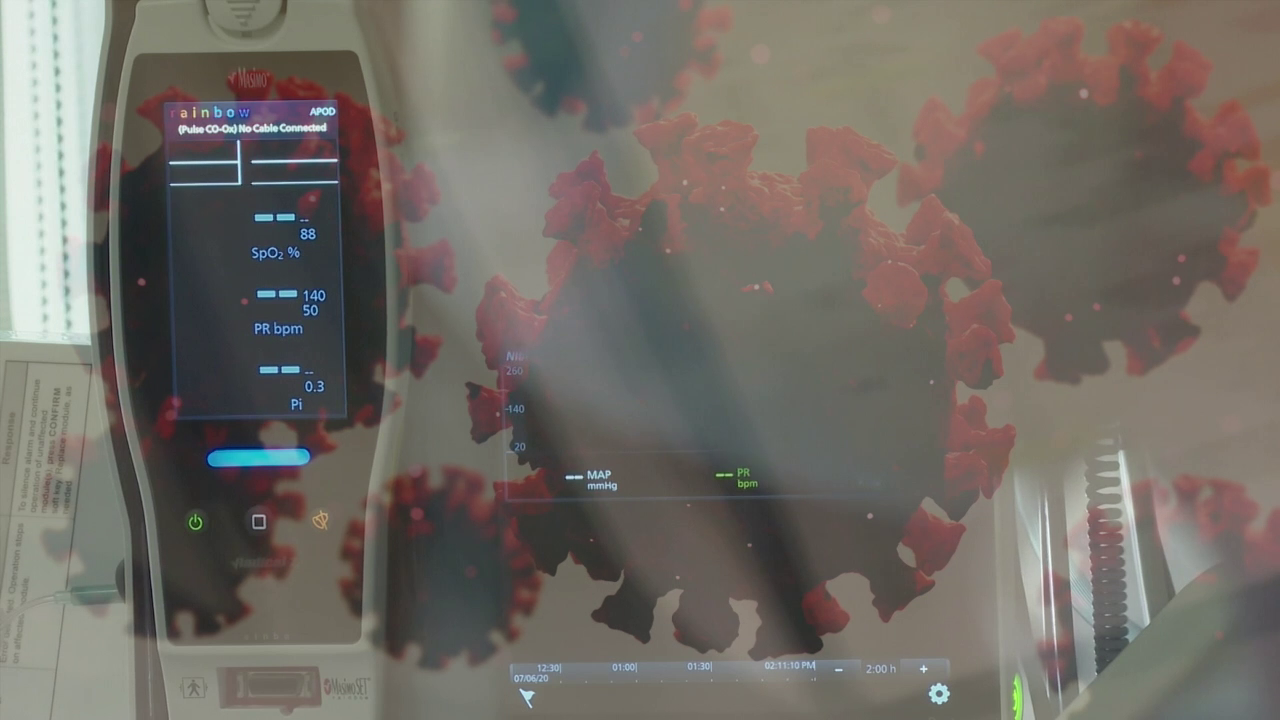CHICAGO — Nearly 200 million people are now fully vaccinated with more than 30 million having received a booster shot. With lower infection rates, mask mandates remain. Some are asking whether we’re nearing the end of the pandemic. The answer to that is complex.
While most would agree, the worst of the outbreak is over. Experts say it’s unlikely COVID-19 will ever completely disappear.
“If we vaccinated every single person, we could probably get rid of this thing, get it down to a dull roar. That's never going to happen,” said Dr. Robert Murphy, executive director of the Institute for Global Health at Northwestern University’s Feinberg School of Medicine.
That means that life beyond the pandemic won’t quite be the same as before it.
“For vaccinated individuals, they are a lot closer to being able to treat this pandemic like it's just an endemic problem that is going to come up every year and they just need to get their booster and be careful,” said Dr. Emily Landon, an infectious disease specialist at the University of Chicago Medicine. “For unvaccinated individuals, they're still at extremely high risk of very bad infection.”
According to the CDC right now, about 42% of the entire U.S. population is not fully vaccinated. More than 30 million people – about 15%— of those who are fully vaccinated have already gotten a booster.
But there are more tools in the toolbox: monoclonal antibodies, two promising antiviral drugs that have applied for emergency use authorization, and millions of children are now eligible for vaccination.
The current seven-day moving average of daily new cases dropped by 1.4% from the previous week to just over 70,000.
“I look at the bumps on the curve, the United States is going into the fifth wave right now,” said Murphy.
This winter, with less moisture in the air, concentrated indoor aerosols mean everyone in the northern hemisphere will be more vulnerable to infection.
“We're going to see a bump,” said Landon. “We're already seeing a bump in the northern part of the country. How big that bump is going to be is going to depend a lot based on your community and the outbreaks are going to be very localized.”
And while we could expect to see lower levels of transmission year-round, it's not likely to ever go out of season.
“It's not seasonal. Seasons may impact it, but we had a spike in August. That's crazy. It's all about behavior and the delta variant, and the virus has changed. It's much more contagious,” said Murphy.
Some experts say no matter the transmission rates, masks will need to remain in use in certain situations indefinitely.
“The time when we're going to be able to stop wearing masks when people stop worrying about them as some sort of punishment and stop making them into something bigger than they are,” said Landon.
And while some believe we could be turning the corner, just how long this pandemic will last is uncertain.
“Some of the pandemics have lasted five or 10 years,” said Murphy. “We don't know how long this one is going to last. Usually, they just kind of mysteriously disappeared.”
Unfortunately, Dr. Murphy says that may be wishful thinking.





![SNG_Digital_Ad_480x360_CTA[13].jpg](https://ewscripps.brightspotcdn.com/86/a2/ba7c24d445c6bc7c85d9e749207a/sng-digital-ad-480x360-cta13.jpg)